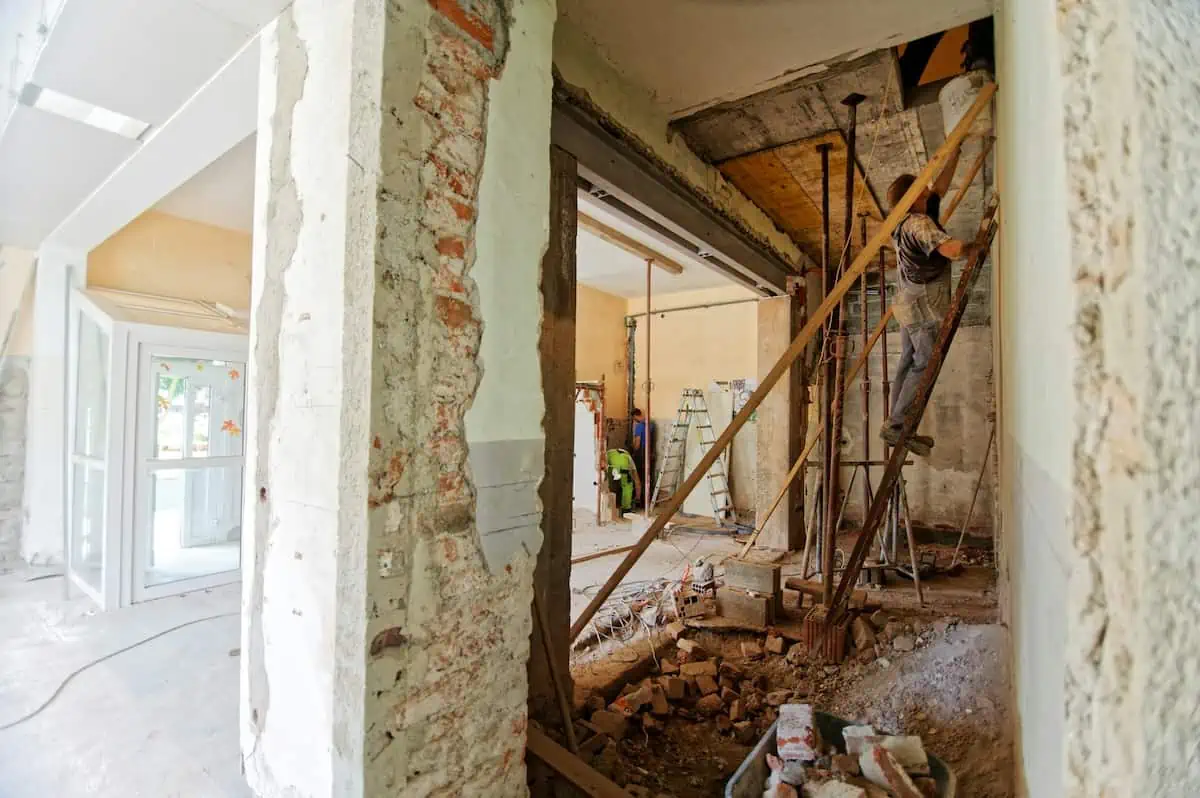Embarking on a house flipping venture holds the potential for significant profits, yet the linchpin of success lies in adept budgeting. Regardless of whether you are an experienced real estate investor or a novice flipper, a profound comprehension of budgeting intricacies is essential to enhance profits and mitigate risks.
This guide delves into the essential components of budgeting for a house flip, placing particular emphasis on the role of fix and flip lenders.
Assessing the Property
Before diving into budgeting, thoroughly assess the property you plan to flip. Take note of its condition, required repairs, and any potential issues that might arise during the renovation process. This initial assessment will form the foundation of your budget and help you make informed decisions about which areas to prioritize.
Creating a Comprehensive Budget
A detailed budget is your roadmap to success in the house flipping business. Break down your budget into categories such as acquisition costs, renovation expenses, holding costs, and contingency funds. Consider engaging with contractors and other professionals to get accurate estimates for each category.
Acquisition Costs
The first step in budgeting for a house flip is calculating acquisition costs. This includes the purchase price of the property, closing costs, and any associated fees. Be sure to account for potential negotiation room, and factor in holding costs if you anticipate a more extended timeline for renovations.
Securing a fix and flip loan in Texas is another option for financing, demanding careful consideration and research to align with your budgeting goals.
Renovation Expenses
One of the most critical aspects of house flipping is the renovation phase. Create a detailed list of necessary repairs and upgrades, along with estimated costs for materials and labor. Seek multiple quotes from contractors to ensure you get the best value for your investment. Allocate funds for unexpected issues that may arise during the renovation process.
Holding Costs
Holding costs encompass expenses incurred while the property is in your possession. This includes property taxes, insurance, utilities, and loan interest. Estimate the time it will take to complete the flip, and budget accordingly to cover these ongoing expenses.
Contingency Funds
Unforeseen challenges are inevitable in the house flipping business. Allocate a percentage of your budget as a contingency fund to handle unexpected expenses. This safety net can make the difference between a profitable flip and a financial setback.
Fix and Flip Lenders
Securing financing is a crucial aspect of house flipping, and fix and flip lenders specialize in providing funding for these projects. Research various lenders to find the one that best suits your needs. Look for lenders who offer competitive interest rates, flexible terms, and a quick approval process. Consider factors like loan-to-value ratios, as they can affect the amount of funding you can secure.
When working with fix and flip lenders, establish clear communication channels and ensure you fully understand the terms of the loan. Factor in interest payments when creating your budget to accurately assess the overall cost of financing.
Conclusion
Successfully budgeting for a house flip requires meticulous planning and attention to detail. By thoroughly assessing the property, creating a comprehensive budget, and leveraging the services of fix and flip lenders, you’ll be well-positioned to navigate the challenges of house flipping and maximize your return on investment.
Remember, a well-executed budget is the key to turning a neglected property into a profitable venture in the competitive world of real estate investment.
Article and permission to publish here provided by Carol Trehearn. Originally written for Supply Chain Game Changer and published on January 24, 2024.
Cover photo by Milivoj Kuhar on Unsplash.

